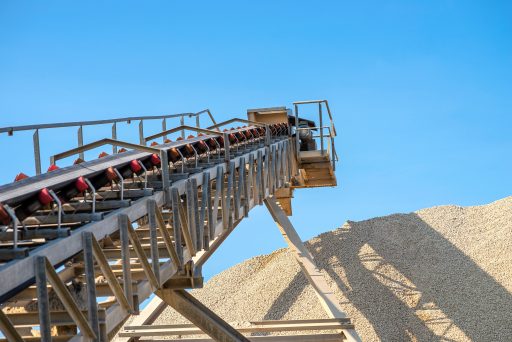In Romania, a more productive, energy-efficient plant for British American Tobacco
Reading time: 4 min
For its Ploiesti plant in Romania, the cigarette manufacturer selected customised climate control solutions that will allow our client to efficiently operate the utilities for new production lines thus reducing its energy bill and boost its competitiveness.![]()
In the tobacco industry, innovation is a crucially important way to adapt to customers who are mindful of their health but do not want to give up the experience of smoking. British American Tobacco (BAT) is aiming for world leadership in recently introduced new-generation products that heat tobacco instead of burning it. To this end, the multinational decided to invest some €800 million over a period of 5 years in its Ploiesti plant in Romania to transform the site and set up production lines to supply the European market with the new tobacco heating product.
The specifications for the transformation are unusual: the project must meet special tobacco manufacturing standards while optimising the energy bill, in a strict controlled quality environment. BAT therefore chose two VINCI Energies business units in Romania, TIAB HVAC and Actemium Electric Ploesti, to carry out the full range of mechanical, electrical, technological and fire protection systems.
Among all the systems in SOW “The design of the ventilation and air conditioning systems, which consume large amounts of energy, is crucial,” says BAT programme manager Dragos Filoneanu, who commends the “choice of innovative and energy efficient equipment,” that “reduced the carbon footprint while boosting the company’s competitiveness.”c
Apparently conflicting requirements
The technical solutions provided by TIAB HVAC at the Ploesti plant overcame apparently conflicting requirements, such as limiting the energy bill while complying with strict climate control throughout the year “to keep a strict controlled design temperature and maintain relative humidity in margins of maximum 5% deviation from the set point,” says TIAB HVAC Director Alexandru Cristea – quite a challenge in a country where according to the norms the design temperature ranges from -15°C to +33°C, but with extreme conditions more in our times than ever when occasionally the winter air temperature could drop to even -25°C or in the summer more frequent over +40°C an amplitude that calls for substantial use of energy. “The choice of solutions such as energy recovery and flexible cooling systems will help optimise the costs,” he says.
“The key to this project lies in the fact that we are working with a team that masters the latest energy saving technologies and can develop customised solutions.”
This project, which is part of a Ploiesti site extension, is to be carried out without interrupting current production. “That is one of the greatest challenges of this project,” says Alexandru. He adds that to ensure safety, special training had to be provided for the VINCI Energies technicians, who must work at a height of 12 metres to install the systems and on roofs during the winter, when the outside temperature is mainly negative, to install the chilled water production station and the air treatment equipment, an important chapter in our scope.
BAT manager Dragos Filoneanu says that “The key to this project lies in the fact that we are working with a team that masters the latest energy saving technologies and can develop customised solutions suited to our specific needs at each stage of the project and its implementation.” And it does this while working on “ecological energy solutions that protect the environment while enabling us to achieve major productivity gains.” The new plant should be fully up and running by the end of 2019.





